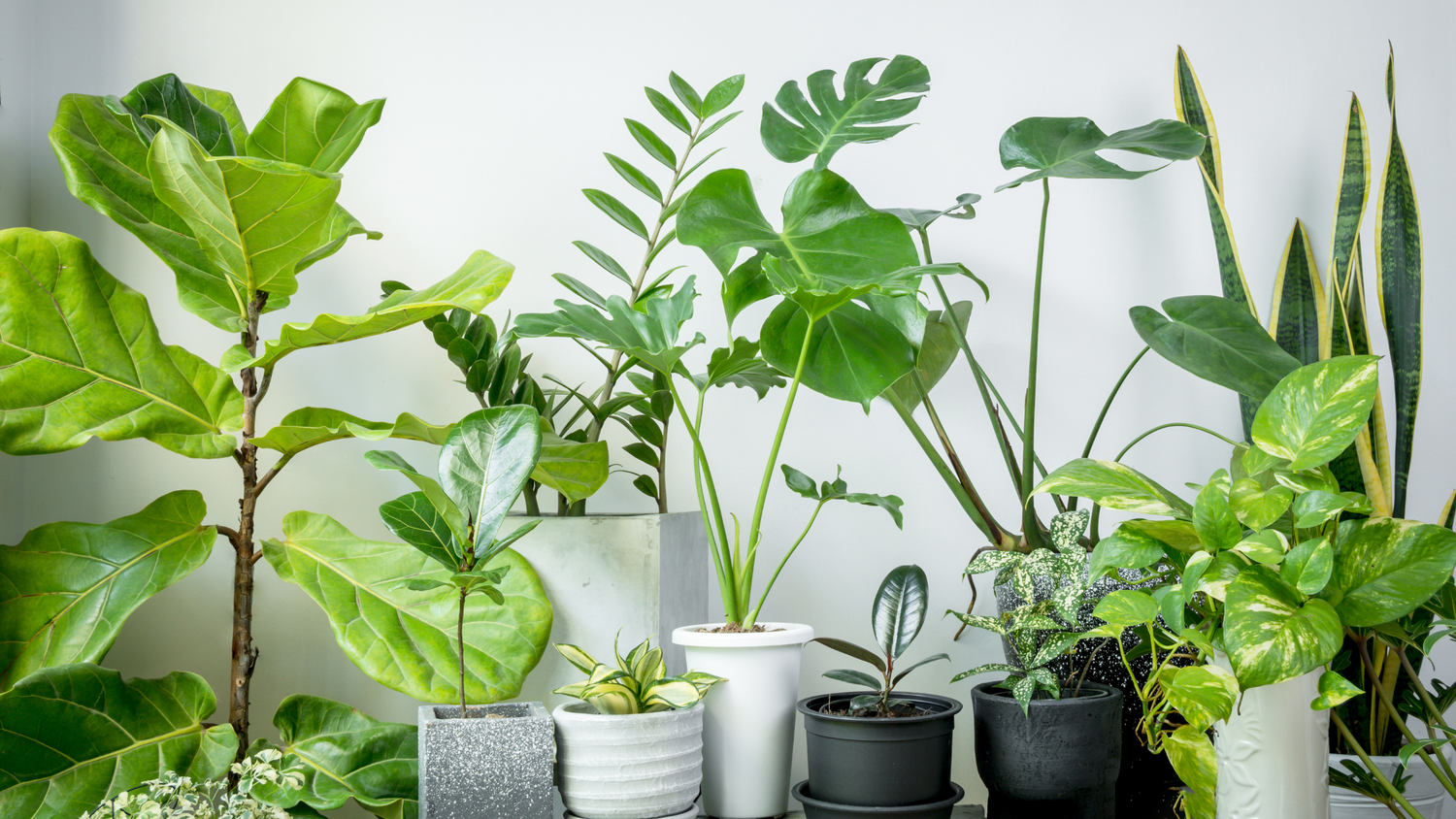Carnivorous plants are fascinating creatures that have evolved to survive in nutrient-poor soils by eating insects and other small animals. There are over 600 species of carnivorous plants found all over the world, from the bogs of North America to the rainforests of South America.
Click here to view our collection of carnivorous plants
How Carnivorous Plants Work
Carnivorous plants use a variety of methods to trap their prey. Some plants have sticky leaves that ensnare insects, while others have pitcher-shaped leaves that fill with water and drown their victims. Some carnivorous plants even have glands that secrete digestive enzymes that break down their prey.
Types of Carnivorous Plants
There are many different types of carnivorous plants, each with its own unique way of trapping prey. Some of the most common types of carnivorous plants include:
- Venus flytrap: The Venus flytrap is one of the most famous carnivorous plants. It has two hinged leaves that snap shut when an insect lands on them. The leaves then secrete digestive enzymes that break down the insect.
- Pitcher plant: Pitcher plants have long, tubular leaves that are filled with water. Insects are attracted to the sweet nectar at the top of the leaf and fall into the water below, where they drown.
- Sundew: Sundews have sticky leaves that are covered in tiny hairs. Insects are attracted to the hairs and get stuck. The sundew then secretes digestive enzymes that break down the insect.
- Bladderwort: Bladderwort is an aquatic carnivorous plant. It has small bladders that trap tiny crustaceans and other aquatic animals. The bladders then release digestive enzymes that break down the prey.
Where Carnivorous Plants Grow
Carnivorous plants are found all over the world, but they are most common in nutrient-poor soils, such as bogs and swamps. These soils are low in nitrogen, which is an essential nutrient for plants. Carnivorous plants have evolved to supplement their nitrogen intake by eating insects and other small animals.
Benefits of Carnivorous Plants
Carnivorous plants provide a number of benefits to the environment. They help to control insect populations, which can damage crops and spread disease. They also provide food for other animals, such as birds and reptiles. Carnivorous plants are also a popular choice for gardeners, who appreciate their unique beauty and unusual habits.
Carnivorous Plants in Terrariums
Carnivorous plants are great for terrariums because they thrive in humid, nutrient-poor environments. They are also relatively low-maintenance and can be a beautiful addition to any home.
Here are some of the reasons why carnivorous plants are great for terrariums:
- They are low-maintenance. Carnivorous plants do not need to be fertilized often, and they can tolerate a wide range of temperatures. This makes them a great choice for busy people who do not have a lot of time to spend on gardening.
- They are beautiful. Carnivorous plants come in a variety of shapes, sizes, and colors. They can add a touch of exoticism to any home.
- They are educational. Carnivorous plants are fascinating creatures that can teach children about the natural world. They can also be used to teach children about the importance of conservation.
If you are looking for a low-maintenance, beautiful, and educational plant for your home, a carnivorous plant may be the perfect choice for you.
Caring for Carnivorous Plants
Carnivorous plants are relatively easy to care for, but there are a few things to keep in mind:
- Carnivorous plants need to be grown in nutrient-poor soil.
- They need to be watered regularly with rainwater or distilled water.
- Avoid fertilizing them as they get all their nutrients from insects.
- They should be kept in a bright, sunny location.


